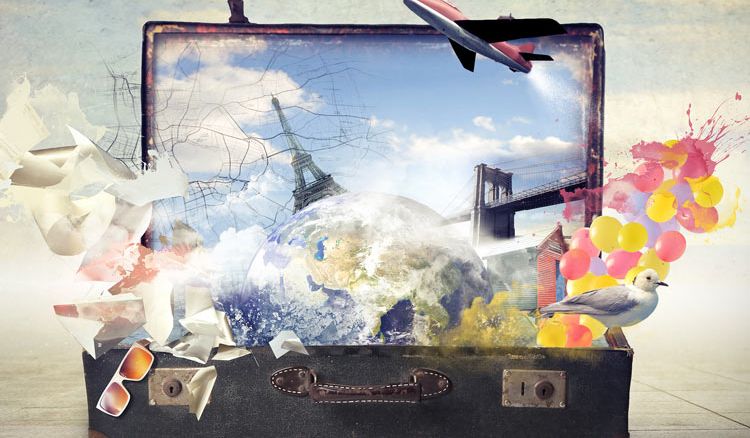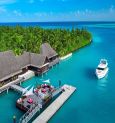Since childhood, we all have dreamed of travelling the world. And its easy if you choose some common tourist destinations. But there are places on our planet which we can never see with our eyes. We have listed down a few forbidden places.
Snake Island, Brazil: Ilha da Queimada Grande, also known as Snake Island, one of the many Snake Islands around the world located off the coast of Brazil in the Atlantic Ocean. It is administered as part of the municipality of Peruibe in the State of Sao Paulo. The island is small and has different types of terrain, ranging from bare rock to rainforest and a temperate climate. It is the only home of the critically endangered and venomous BrothopsInsularis(golden lancehead pit viper), which survives on a bird-diet. The snakes became trapped on the island when rising sea levels covered up the land that connected it to the mainland.

Lascaus Caves, France: In the quest to discover the history of the human race, one spectacular place provides enormous insight. The Lascaux Caves in southwestern France is home to a series of stunning Paleolithic paintings, estimated to be up to 20,000 years old. The paintings, which plaster the walls of the cave, are hauntingly vivid, depicting stags, cattle, bison, cats and more. But the most incredible of all the paintings can be found in the Hall of the Bulls, which is known for its four bull murals, one of which is 17 feet long.
Sadly, the caves have been banned to the public since the 1960s, as they have been invaded by fungi and black mould, both detrimental to human health. Plus, human presence is considered destructive to the works of art.
Fortunately, you can experience the next best thing: Last year, a museum and cave replica right next to the real deal opened to the public.

Area 51, United States: A conspiracy theorist's playground, Area 51 has stumped the public for decades. The hidden military base in the Nevada desert has kept its purpose a secret for quite some time, though many like to believe it's kept for alien testing.
One thing is for sure — attempting to access the forbidden area would be highly irresponsible, as the grounds are protected by mines and other defences.

Ise Grand Shrine, Japan: There are an estimated number of 80,000 shrines in the island nation. However, none is more important than the Ise Grand Shrine, an intricate temple that happens to be one of the most expensive in the country due to the details in its architecture.
The shrine is rebuilt every 20 years (at a million-dollar price tag), in order to symbolize the Shinto tradition of death and renewal of nature. The current iteration was built in 2013. Unless you are a member of the Japanese imperial family, there is no chance you will be entering the hallowed halls of this ancient, significant representation of Japanese culture.

Heard Island, Australia: There are the ends of the earth and then there is Heard Island. One of the most remote islands in the world, Heard Island technically belongs to Australia but can be found somewhere between Madagascar and Antarctica.
The island is known for its two active volcanos, but most of the time they are thoroughly blanketed with ice. Inhabitants include seals, birds and four types of penguins. Humans, however, are not permitted to visit, though landings to the nearby McDonald Islands are allowed solely for "compelling scientific reasons."

 বাংলায় পড়ুন
বাংলায় পড়ুন














